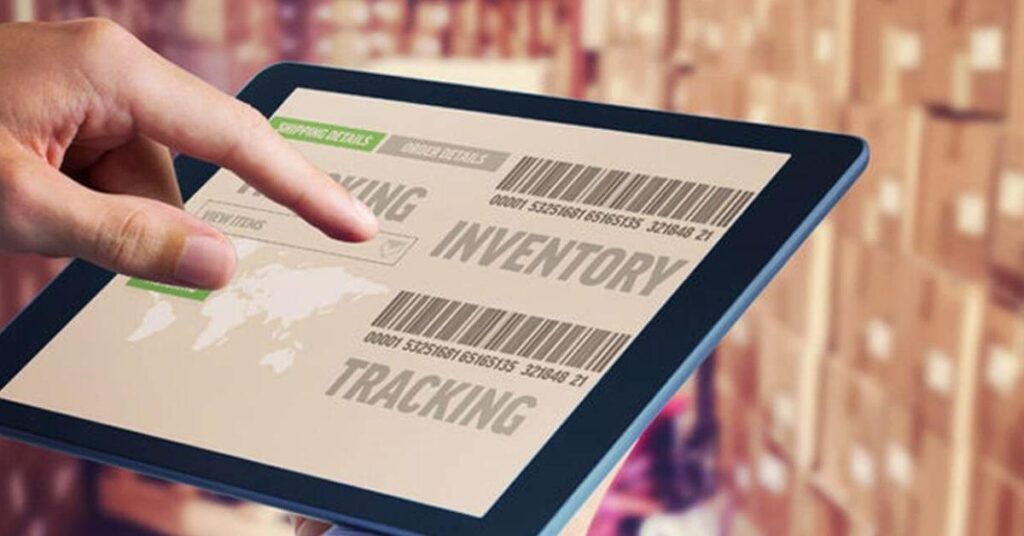Running a successful Shopify store involves juggling numerous tasks, and one of the critical aspects is managing your inventory effectively. As any e-commerce entrepreneur will tell you, striking the right balance between having enough stock to meet customer demand without overstocking can be a real challenge. This is where cutting-edge inventory forecasting software for Shopify comes into play, revolutionizing how businesses handle their inventory.
Understanding the Inventory Conundrum
Imagine a customer visiting your online store, excited to make a purchase. They find the perfect product and proceed to the checkout, only to be greeted by the dreaded ‘Out of Stock’ message. Frustrated, they abandon their cart and head to a competitor’s site. It’s a scenario every online retailer wants to avoid.
Conversely, having excess inventory can tie up capital, take up valuable storage space, and lead to losses if products become outdated or perishable. Striking the right balance is essential for maintaining customer satisfaction and optimizing your bottom line.
Inventory Forecasting for Shopify
This is where the magic of inventory forecasting software Shopify comes in. No longer just a tool for big corporations, these advanced forecasting systems have become accessible and invaluable for small and medium-sized businesses running their stores on the Shopify platform.
So, what exactly does inventory forecasting software do for your Shopify store? In a nutshell, it leverages cutting-edge algorithms and historical data to predict future demand for your products. Doing so empowers you to make data-driven decisions about inventory levels, ensuring you’re well-prepared for customer demand without the risk of overstocking.
Key Features of Inventory Forecasting Software for Shopify
Data-driven Predictions
These tools analyze past sales data, considering seasonality, trends, and other relevant factors, to provide accurate predictions about future demand for each product in your inventory.
Automation
No one has the time to manually crunch numbers and update inventory levels constantly. Inventory forecasting software automates these processes, saving you time and reducing the risk of human error.
Integration with Shopify
The beauty of these tools lies in their seamless integration with your Shopify store. This means real-time updates, ensuring that your inventory levels are always accurate.
Customization
Every business is unique, and inventory forecasting software recognizes that. It allows you to customize parameters and settings based on your needs, giving you a tailored solution for your Shopify store.
Alerts and Notifications
Be proactive, not reactive. The software sends alerts when inventory levels are running low or when it’s time to restock, preventing stockouts and ensuring a smooth shopping experience for your customers.
Optimized Order Management
By forecasting demand accurately, you can optimize your order management process. This means ordering the right amount of stock at the right time, preventing excess stock or stockouts.
How Inventory Forecasting Software Elevates Your Shopify Store
Boosting Customer Satisfaction
Imagine a scenario where your customers always find their desired products in stock. No more disappointments, no more abandoned carts. Inventory forecasting software for Shopify ensures that popular items are adequately stocked, leading to happy customers and repeat business.
Capital Optimization
Keeping excess inventory ties up capital that could be used in other business aspects. By accurately predicting demand, inventory forecasting software prevents overstocking, freeing up capital for marketing, product development, or other strategic investments.
Time Efficiency
Manually managing inventory can be a time-consuming task. With forecasting software, you can automate the process, saving you time and allowing you to focus on growing your business rather than getting bogged down in inventory management tasks.
Reduced Costs
Stockouts and overstocking both come with their own set of costs and challenges. Stockouts can result in lost sales and damage your brand reputation while overstocking leads to discounted prices to clear excess inventory. Inventory forecasting software helps strike the right balance, minimizing these costs and optimizing profit margins.
Integrating Inventory Forecasting Software into Your Shopify Store
Now that we’ve highlighted the benefits, how can you seamlessly integrate inventory forecasting software into your Shopify store?
Choose the Right Software
Start by researching and selecting the inventory forecasting software that aligns with your business needs. Look for a solution that integrates effortlessly with Shopify and offers the most important features to your operations.
Data Migration
Once you’ve chosen your software, the next step is migrating your historical data into the system. This data forms the foundation for accurate predictions, ensuring the migration process is smooth and error-free.
Customization and Training
Take the time to customize the software according to your specific requirements. Additionally, ensure your team is adequately trained to use the new system effectively. This step is crucial for maximizing the benefits of your inventory forecasting software.
Regular Updates and Maintenance
Keep the software up-to-date with the latest releases and patches. Regular maintenance ensures your system continues functioning smoothly and provides accurate predictions.
Conclusion
Remember, the success of your Shopify store is not just about the products you sell but also how effectively you manage your inventory to meet customer demand. With inventory forecasting software, you’re not just keeping products on the shelves but optimizing your customers’ shopping experience.
So, why wait? Integrate the power of inventory forecasting software into your Shopify store today and take your e-commerce game to the next level.






